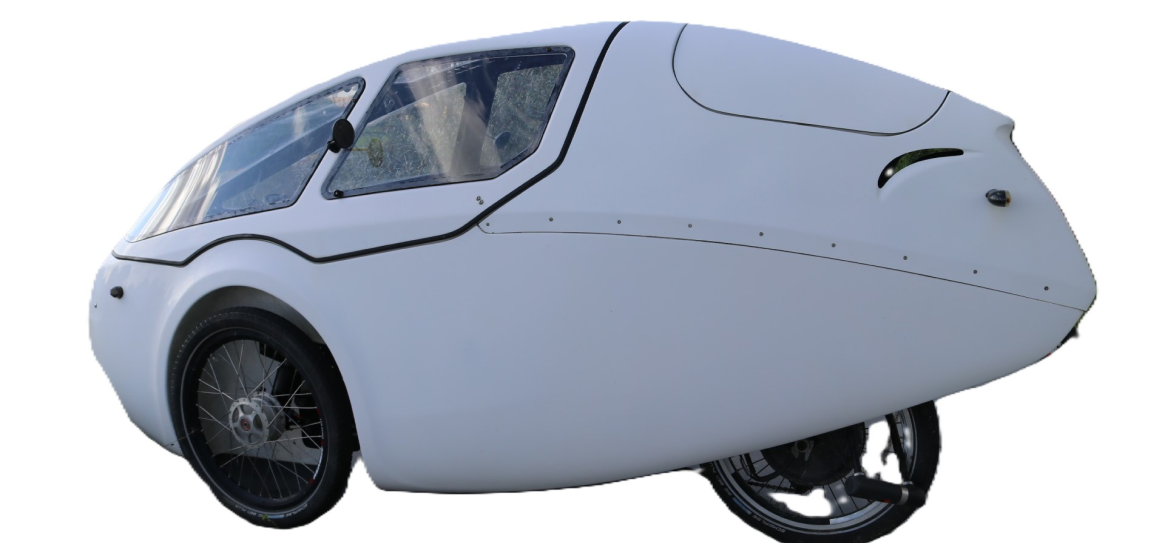One of the hardest decisions to make is to let go of the things close to your heart. This is one of them.
-JKN
In this video, normal, customized and race bicycles are shown. This represents the different purposes of having one. Some uses it as a way to exercise, as a sport and as a mode of transportation. You might like to read the Part 1 of Green Transport of Blooming Etiquette. (see video her)
As we grow, our priorities changes into something that fits to our daily lives and definitely compromising some of our luxuries. We practically learn the difference between luxury and needs. If I could think of a luxury that I had 6 years ago was that going to the salon and having my hair fix by a trained hairstylist on a regular basis or or even more.
But all of that changed after some time, I get to be contented by coloring my own hair and treating myself into a homemade spa that could be easily found in our kitchen. Result, I have managed to pay my bills on time and had saved up for something more important like eating the food that I am craving for and being in the mall with my small siblings having delicious meals at a restaurant once in a while. Then I realized, it is our basic needs that needs to be fulfilled first before everything else.
Abraham Maslow’s pyramid of needs is very true.
In this part of my research about electrically and or manually powered vehicles, I have noticed that it is quite expensive to invest/convert to these methods.
Do you know why?
Aside from the reason that not too many manufacturers at the moment, converting to green energy is something that is not normal to many of us. For more than a century, we were dependent on using fuel/diesel/gasoline/oil powered vehicles. The reality is that fuel/gasoline/oil helps us enormously and will until forever. What we do not know is that consuming these resources in large amounts each time, results to becoming limited.
Sad to say, it takes a lot of effort to start it or maintain it. I myself had a hard time realizing that as well. Soon, I will be using bicycle regularly as a form of transportation going to places I’ve never been before. hehehe! But yes to places like supermarket, school, workplace, visiting friends and more.
Through my interview with Jacob about his long-waited wish, I get to know him deeply. His needs, his dreams and his priorities.

I told him a couple of times, “we have many tricycle manufacturers in the Philippines and it is 7x or more cheaper”. It is because in the Philippines, motor-powered tricycle is a very popular mode of transportation to small streets. There may be some manufacturers who are currenlty working to align them or built to be electrically powered. At some point, I believe it is possible. There will be more filipinos who will be in that business and hopefully they will be receiving a fair labor cost.
(This is a sample picture of a tricycle in the Philippines. Grabbed from Google shared public photos.)
This is the part 1 of my interview and part of my research about “Technology & the Environment”. I will try my best to write in a very informative manner so everyone who reads my homepage would learn about a greener transport system (which talks about public transport system and private cars). I will conduct short interviews from the manufacturer(s) and other related parties to enlighten you more.
I would like to be the first one to write about his long-waited dream vehicle and so I think I was fast enough to take videos and research on some other topics closely related to it. 😀
Take note that his electric bicycle is customized. It was designed according to Jacob’s needs specifically. I could not fit myself on it because I could not reach the pedals. Maybe I am a bit short. :/
Sheree: Hej min kære. What made you thought about having an electric bicycle?
Jacob: The thought of getting a bike with an electric assist was like getting a very cheap electric car that could get me cheaply to work. I used to drive a suzuki alto which is also economically sound. I normally spend between 1,500 – 2,200 danish kroners for the gasoline each month (take note: taxation cost is very high in Denmark and Norway). It is equalled to their good social welfare.
With this bicycle, the single fully-charged battery could take you as far as 140 km. That is equalled to/ more or less to 4 hours of bicycling at a speed of 35km/hour. Max speed of the electric bicycle is 75 km/hr.
Sheree: Would you like to share with us how you learned about it; that it could possibly help you a lot in saving money?
I knew that your primary purpose of getting one is for a better economy. You save more by driving a bicycle on the way to work everyday instead of a car that needs to have its insurance maintained, gasoline, repairs, etc.
Jacob: Well, I spent a lot of time into research to figure out what kind of electric bicycle to get and how it could cope to the weather situations in Denmark. As you said the economic factors plays a big role also a bonus in getting one is that you get to have great health benefits from it since you exercise while you are travelling with it.
Sheree: How did you find the suppliers/manufacturers?
Jacob: I did manage to find the producer of my velomobil through the internet. It wasn’t easy to find him since it is not yet that popularly introduce to the danish/scandinavian market.
Sheree: You mentioned to me before that you talked first to a chinese manufacturer who promised to produce one but failed to do so, maybe because of the probability that the manufacturer’s economy could not afford to invest making one to its clients who will be initially be depositing at least 10% of the full amount. Luckily, you managed to get back your money back after a few months of dispute.
Jacob: The producer from China did not seemed to be able to manufacture it at a time frame as we agreed and also there was no hard proof that the product is being made during that time.
Sheree: You have been driving it for 2 weeks now. Tell us what are the pros and cons of having one, based on your observation.
Jacob: The pros and cons
Hmmm…
Pros:
You get to save money. No gasoline. Charging the battery is like charging a cellphone.
Low maintenance like an ordinary bicycle.
The battery could be turned on and off.
The battery from my experience helps you keep with the pace or consistent speed km/hour pedalling.
Exercise which is good for overall health.
A magnent for conversation and common interests.
Cons:
Sometimes you get a lot of attention since it is new to their eyes.
Cannot just park it everywhere in the city or public places at the moment.
Sheree: Investment wise, do you think it is worth paying the money or loan in the bank (if there is or if possible) for some matters by having a special electric bicycle?
Jacob: Well for me it is since im going to use it the whole year round and hopefully more than a decade of rain and cold weather, while a normal bike would be too hazard to use sometimes. Example snow and rainwater if there’s any. So yes its worth paying/working for the things that would benefit you in the future. But nonetheless, it all depends to a person’s preference.
Sheree: What are the (special) specs of your electric bicycle?
Jacob: Weight 38 kilograms without a passenger (the weight of the battery makes the most of it).
It has 18 gears.
It was designed to flow with the air easier ”aero dynamics” so the body or casing itself is very light and moves fast when you drive it. The bonus part is that you are protected and/enveloped when driving. It has windows that could protect you from the rain and wind in the winter time (that is to be reviewed in the next 3-5 months).
Sincerely,
Sheree Ann K. Indiongco
Continue reading below to see the video of Jacob’s electric bicycle and my blog about folding bikes & Tiklop Society of the Philippines (TSP).


